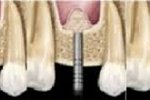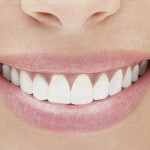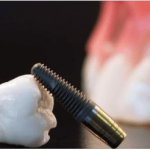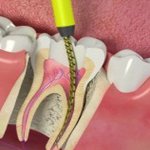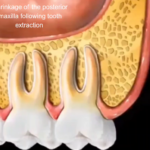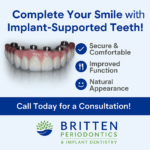Have you ever noticed bad breath due to dry mouth?
Do you experience pain or discomfort from dry mouth?
Have you had changes in your oral health – like sudden decay or worsened gum disease?
Do you get sores in your mouth or on your tongue frequently?
Does your dry mouth interfere with your sleep?
Do you avoid certain foods because they are too difficult to eat with dry mouth?
Do you have trouble swallowing due to thick mucus?
If you answered “yes” to one or more of these questions, be sure to ask your dentist about dry mouth. Chronic dry mouth is a condition that can be painful, or even unnoticed by a patient sometimes because they have gotten used to living with the discomfort or incovenience of choronic dry mouth. It can occur due to medicine, medical conditions, or even lifestyle choices. It can lead to significant oral health issues like cavities, gingivitis, periodontitis, or problems eating or wearing dentures.
We have also found in our practice that different remedies help different patients combat chronic dry mouth. Here are some possible suggestions and options for patients with dry mouth:
1. Some patients find comfort from carrying water with them throughout the day and taking small sips. Cold water may help soothe and calm fiery red tissues. For those without high blood pressure or an adversion to sodium, you can mix a pinch of baking soda in their water and swish and spit this mixture out throughout the day. Baking soda is alkalizing and can protect from decay.
2. A combination of over the counter
Biotene products (gels, rinses, sprays, lozenges) used 5 times a day (A combination and routine of these products can usually be recommended by your dental health professional). Many patients find Biotene Gel to be extremely comforting to their dry oral tissues, especially before bed time. Patients using C-Pap appliances should use an oral gel as these devices often blow air which aggravates this condition greatly.
3. There is a product available via prescription called Neutrasal.
Neutrasal works like saliva to help restore a healthy mouth. A powder pack is mixed and dissolved in one ounce of water, and swished for 1 minute before spitting. It can be used 2 to 10 times a day, depending on what your dental health care provider recommends, and you should avoid eating or drinking for at least 15 minutes after use.
4.
PerioSciences’ Anti-Oxidant Gel can also be helpful for our patients suffering from dry mouth.
5. Many patients with dry mouth should be on a strict caries prevention program, which can include prescription toothpaste, rinse, gel, trays, or in-office treatments. Calcium and phosphate are often included in some of these products, which are minerals that help rebuild weakened enamel.
Dr. Britten, your dentist, or dental hygienist will review the cause of dry mouth, as well as your risks for periodontal disease or tooth decay.
Talk to your dentist about your dry mouth symptoms to see which dry mouth treatment is best for you!


